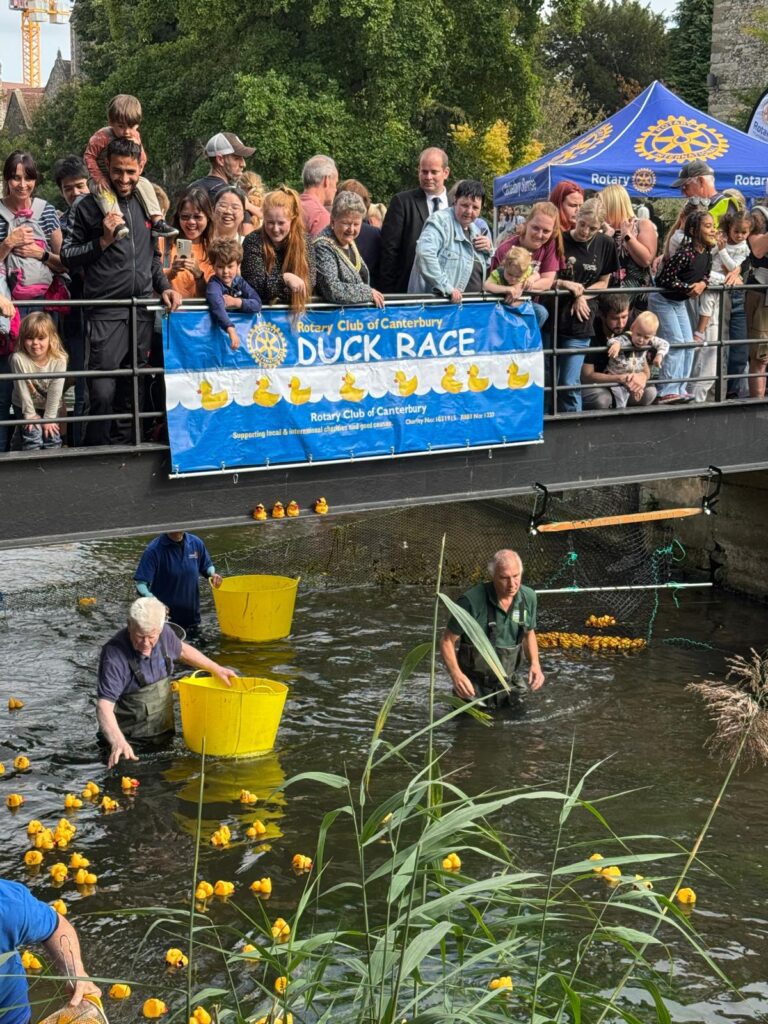The Five Rivers of Punjab: World rivers day
In the rich and fertile land of Punjab, five majestic rivers flow gracefully, shaping the landscape and nourishing the soil. These rivers – the Jhelum, Chenab, Ravi, Beas, and Sutlej – have played a vital role in the history, culture, and economy of the region. Among the many rulers who recognised the importance of these rivers was Maharajah Ranjit Singh, often referred to as the Emperor of the Five Rivers.

For centuries, the rivers of Punjab have been the lifeblood of the region, providing water for irrigation and transportation of goods. The fertile plains along these rivers have made Punjab one of the most agriculturally productive regions in India. The rivers not only facilitated agriculture but also served as important trade routes, connecting Punjab to the rest of the subcontinent.
Maharajah Ranjit Singh
The legendary Sikh ruler who brought together the warring factions of Punjab in the early 19th century, understood the strategic significance of the rivers. He established a strong naval force to control and protect these vital waterways, allowing for safe and efficient transportation of goods and troops. Under his rule, the rivers became highways of commerce, fostering trade and economic growth in the region.
Ranjit Singh’s connection to the rivers was not merely strategic; it was also deeply symbolic. As the Emperor of the Five Rivers, he saw himself as the rightful guardian of Punjab, entrusted with the task of safeguarding its wealth and prosperity. The rivers, with their ever-flowing waters, came to represent the continuity and resilience of the Sikh Kingdom under his rule.
The legacy of Maharajah Ranjit Singh and the five rivers of Punjab continues to endure to this day. The rivers remain vital sources of water and sustenance for the people of Punjab, supporting a thriving agricultural economy. Bringing and shipping foods and ingredients including spices across the regions and further afield. They also serve as reminders of Punjab’s rich cultural heritage and historical significance.
As we gaze upon the tranquil waters of the Jhelum, Chenab, Ravi, Beas, and Sutlej, we are reminded of the enduring bond between the land the people and the rivers.
The five rivers of Punjab have been not just sources of water and sustenance but also symbols of power, unity, transportation and resilience. Maharajah Ranjit Singh’s connection to these rivers exemplifies the deep-rooted relationship between the people of Punjab and their land.
Today we touch on this subject as it is world rivers day. These are rivers special to the Indian culture and the region of Punjab.
This blog touches on history of when these were the sole routes of food and ingredients to allow for the delightful food coming from this country and region.
The River Jhelum
The Jhelum River is a river in Northern India. It originates at Verinag and flows through the Indian-administered territory of Jammu and Kashmir, and into Pakistan, continuing onto the province of Punjab. It is the westernmost of the 5 rivers of Punjab and flows through the Kashmir Valley.


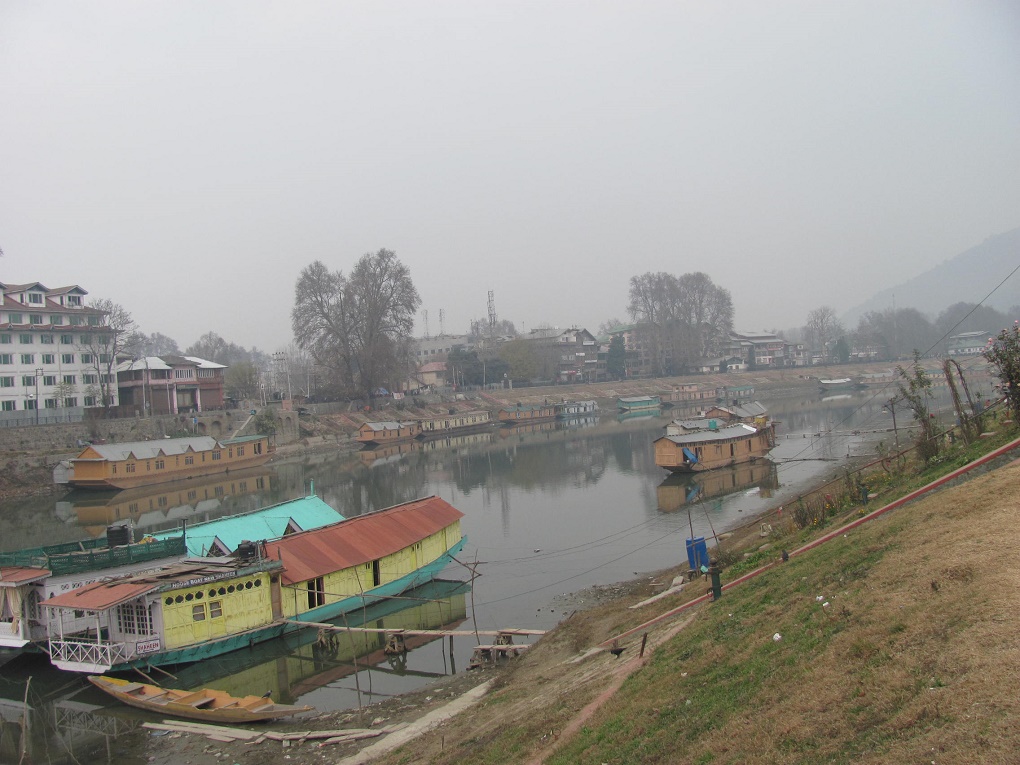
The River Chenab
The Chenab River is formed by the Chandra and Bhaga rivers at Tandi located in the upper Himalayas. It flows through the Jammu region of Jammu and Kashmir into the plains of the Punjab. It is also 1 of the 5 rivers of Punjab.

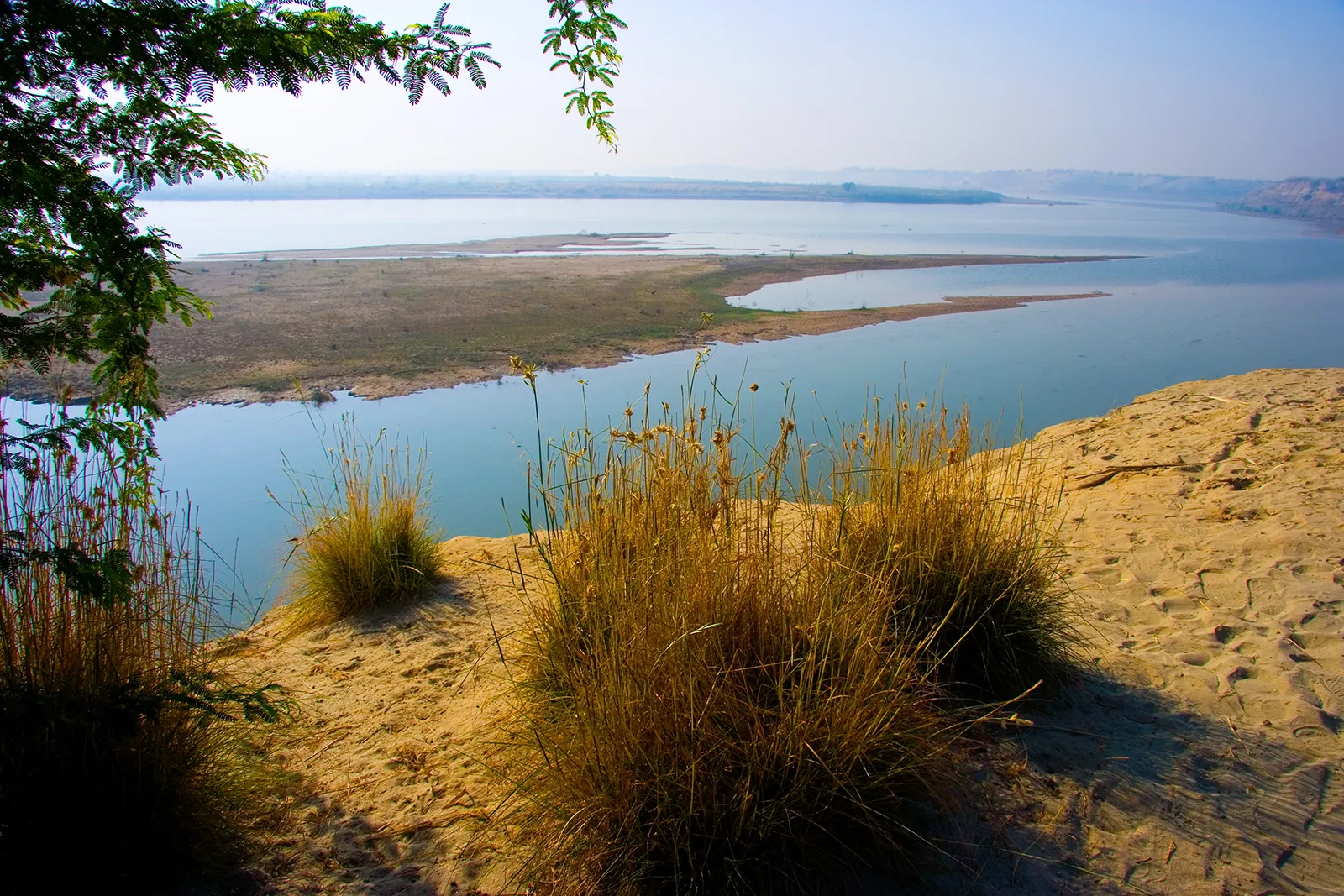

The Ravi River
The Ravi River is a transboundary river crossing northwestern India and eastern Pakistan. It is one of five rivers associated with the Punjab region.
Under the Indus Waters Treaty of 1960, the waters of the Ravi and two other rivers (Sutlej and Beas River) were allocated to India.
Sadly the river Ravi is now one of the worlds most polluted rivers with active pharmaceutical ingredients posing a ‘threat to environment and human health’, according to a BBC report.
The study detected pharmaceutical particles including paracetamol, nicotine, caffeine and epilepsy and diabetes drugs in the rivers and stated the impact of many of the most common pharmaceutical compounds in rivers is still largely unknown.
This is however another of Punjabi 5 rivers.


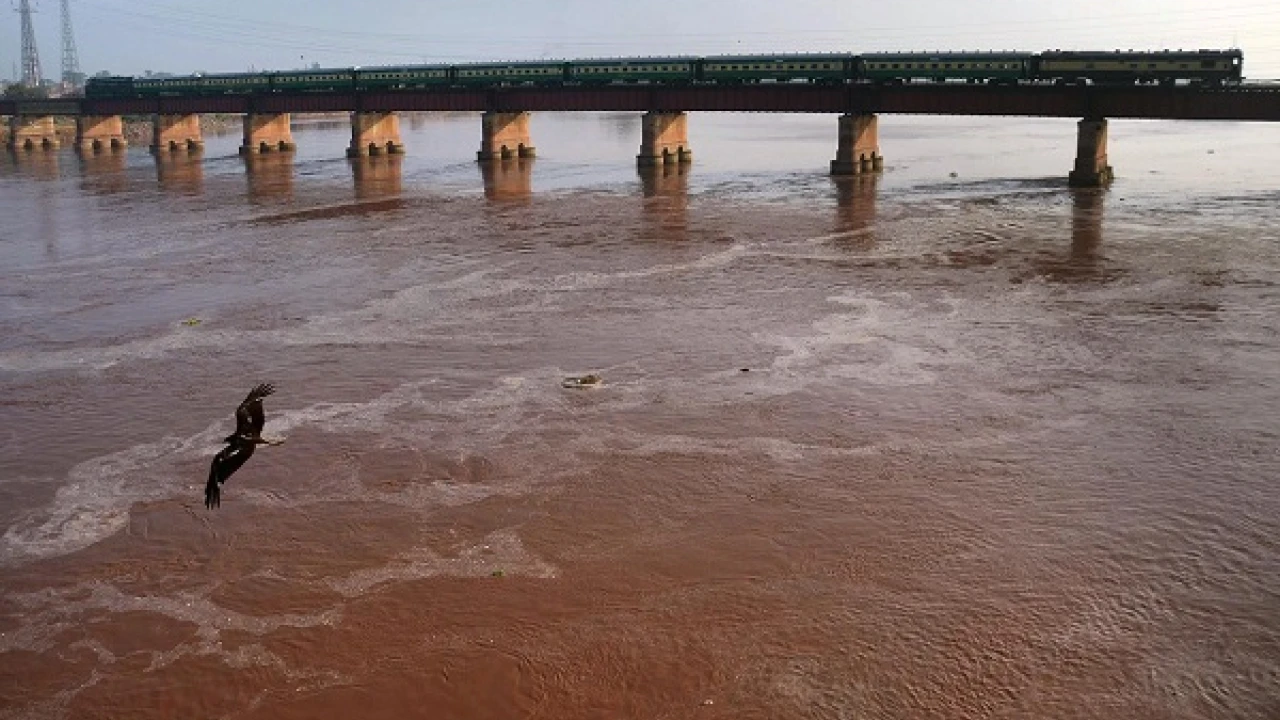
The River Satluj
The Satluj River is the longest of the five rivers that flow through the historic crossroads region of Punjab in northern India. The Sutlej River is also known as Satadru. The Bhakra Dam is built around the river Sutlej to provide irrigation and other facilities to the states of Punjab, Rajasthan and Haryana.
The waters of the Sutlej are allocated to India under the Indus Waters Treaty between India and Pakistan, and are mostly diverted to irrigation canals in India like the Sirhind Canal, Bhakra Main Line and the Rajasthan canal. The mean annual flow is 14 million acre!



The Beas River
The Beas River is a river in north India. The river rises in the Himalayas in central Himachal Pradesh, India, and flows for 470 kilometres (290 mi) to the Sutlej River in the Indian state of Punjab. As of 2017, the river is home to a tiny isolated population of the Indus dolphin
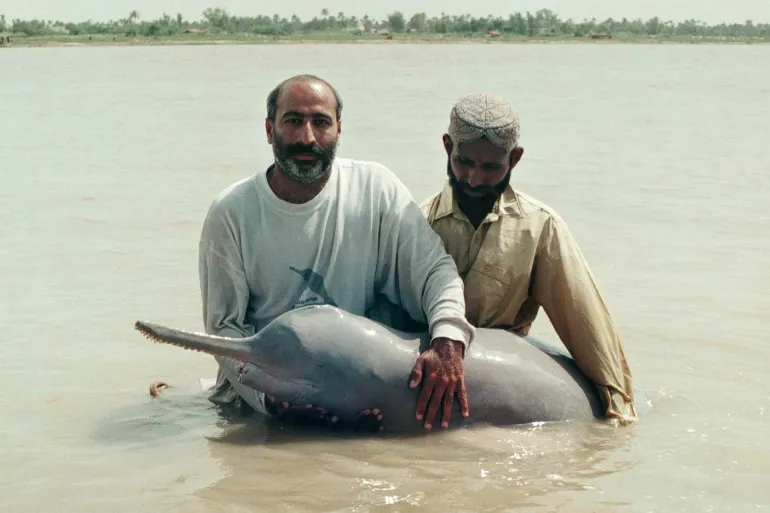


Today we touch on this subject as it is world rivers day. These are rivers special to the Indian culture and the region of Punjab. It touches on history of when these were the sole routes of food and ingredients to allow for the delightful food coming from this country and region.
Karara Foods Based in the heart of Canterbury are celebrating rivers worldwide by taking part in the river festivities of the Canterbury City which features Canterbury’s Great Stour River.

